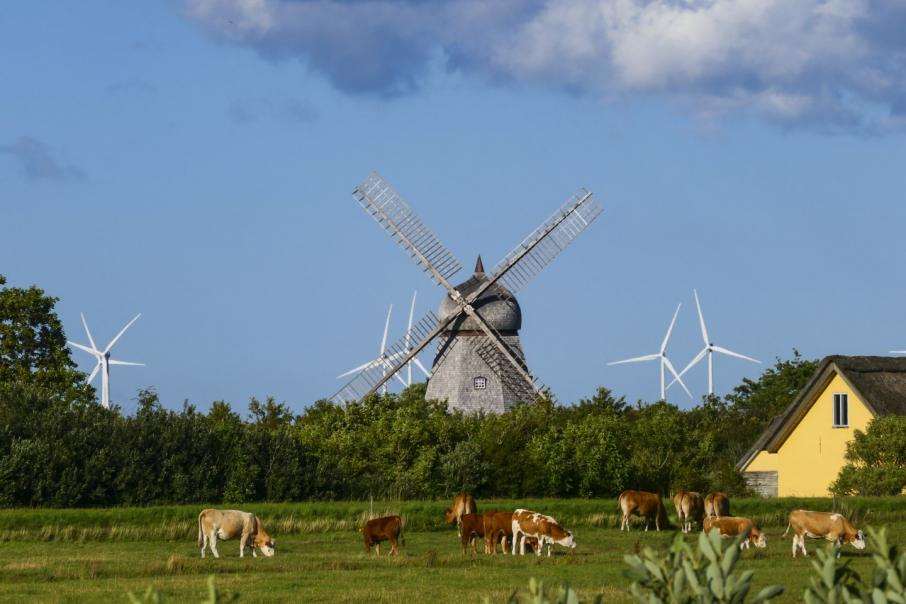Careful consideration is required before large tracts of outback land are turned over for renewable energy projects.


It is remarkable how many ideas promoted as being good so often turn out to be bad, which is the likely outcome of plans to develop massive renewable energy projects in Western Australia’s north and south.
In principle, it is impossible to argue against the adoption of renewable power to displace the burning of fossil fuels.
Anyone who sees and smells the exhaust of a diesel truck must realise the emissions can’t be healthy, and that’s before getting to the issue of coal-fired power stations and carbon-caused climate change.
But whether proposals to cover large parts of the state with wind and solar farms is a smart move is yet to be fully debated, because land is a valuable commodity, as are minerals that lie underneath the surface and the farms that might one day be developed.
Farming in the Nullarbor and Great Sandy Desert might sound unlikely today, but critics said the same when Israel proposed the opening of the Negev desert to extensive farming thanks to trickle irrigation, with outrageous success. Wind and solar farms need a lot of land to make a significant contribution to power production and, once installed, other uses of the land becomes all but impossible.
As technology improves, ‘electricity farms’, which is what they really are, might need less land, but by then it could be too late to claw back what’s been lost.
In what seems an outbreak of Nimbyism (not in my backyard), communities in parts of northern Europe are pushing back against the installation of bigger wind turbines, citing the disturbed visual environment and effect on habitat.
Defenders of the proposals being floated today argue that they only want access to land that is not being used for anything else, and that installations will be a long way from population centres.
In its simplest form this is a variation of sweeping dust under the carpet, or dumping rubbish at sea, with the argument based on a false belief that if it can’t be seen then it’s not a problem.
But there are problems with most of the big power projects being proposed for outback WA, even if the government can’t see it yet.
Covering thousands of square kilometres of land with renewables projects is a problem because it prevents other uses in the future; and while the Nullarbor and Great Sandy Desert look like great places to put wind turbines and solar panels, the areas earmarked are also starting to reveal valuable mineral deposits, especially copper, which is an essential metal in energy transition.
Ownership of the land on which these giant electricity farms might be installed is another significant issue, because some of the proposals are from opaque Asia-based corporations keen to get access to WA’s open space to produce power (in its many forms) for export to the international market.
The issue with international control of land for electricity is that overseas customers might become dependent on WA as a power source and argue that they have a right to supply, as to lose access would threaten their economy.
Fear of foreigners might sound paranoid – and there is no reason to question at this stage the good intentions of any of the green power players – but that can change, especially if the foreign investors are controlled by a foreign government.
Chinese companies, for example, are all ultimately controlled by the Chinese government, and that includes all companies based in Hong Kong.
It might be stretching the point, but it is worth considering what could happen if a Chinese company claimed title to a large part of outback WA, in the same way that China has claimed title to a large part of the ocean immediately adjacent to Malaysia, the Philippines and Vietnam.
A few years ago, it seemed impossible that China could stretch its influence into the South China Sea, which has always been regarded as international waters.
That’s all changed, with militarised outposts erected on obscure islands effectively giving China control of underwater oil deposits.
Before rushing to welcome investors in the seductively simple business of farming the sun in the outback, the WA and Australian governments will need to think carefully about who’s being invited to take control of large areas of the country.






